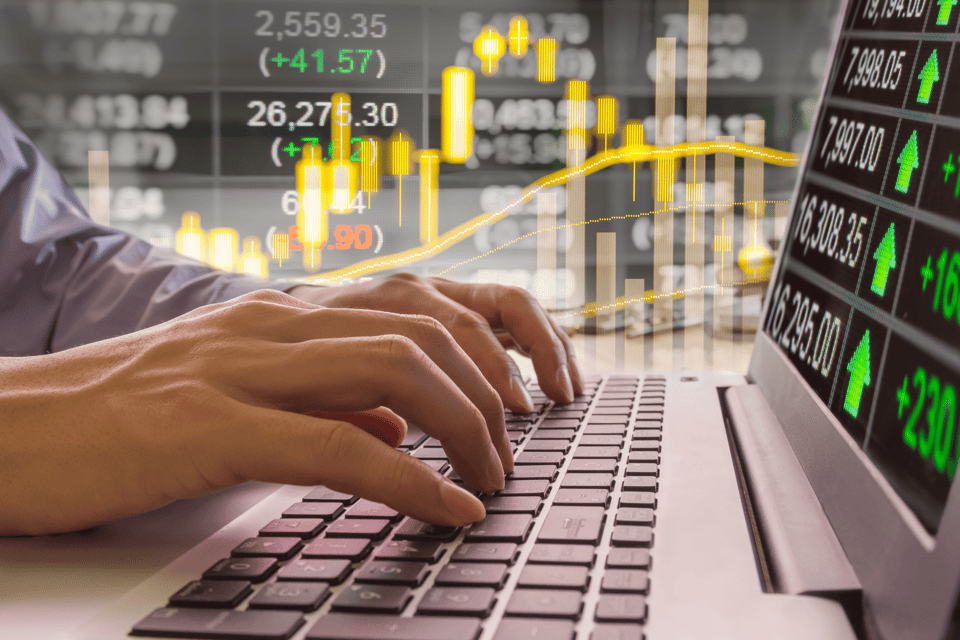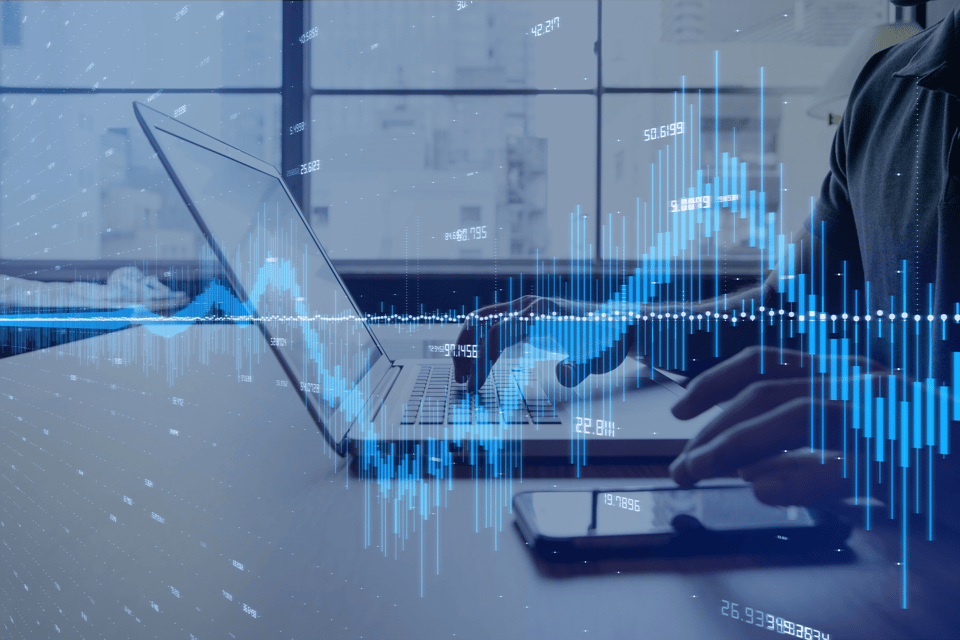In the arena of futures trading, the cost of doing business is fairly straightforward. Exchange and clearing fees, as well as brokerage commissions, are a few black-and-white items that obviously cut into a trader’s profits. However, there’s also an x-factor that often goes unrecognized — slippage.
While slippage may not be exceedingly devastating, or rewarding, it plays a role in the performance of all futures trading strategies. Although its causes can be obscure, slippage is one element of active trading that traders should address thoroughly.
What Is Slippage?
When it comes to conducting efficient trading, having orders filled at a desirable price is of paramount importance. Slippage is the discrepancy between an order’s specified price and the price at which it’s actually filled at market. The difference can be beneficial, but more times than not, it’s detrimental to the trader’s bottom line.
Under the tenets of price discovery, buyers and sellers interact with one another in the futures markets to determine the current pricing of underlying assets. Orders are automatically matched at the exchange according to the best available price for each party. Sometimes, the best available price is not the trader’s desired price ― this presents many challenges and can undermine the effectiveness of some futures trading strategies. Scalping, reversal, and breakout trading are a few styles that excessive slippage can compromise.
The Nature of Slippage
Slippage is one of those hidden costs that most new traders fail to respect. However, market veterans are well aware of which products, times, and order types will enhance the difference between their desired and realized price at market. In fact, the viability of many futures trading strategies is dependent upon the consistency of trade execution.
While the concept of slippage is not overly complex, the reasons behind its presence and magnitude can be extensive. Such factors as the order type used, product being traded, and evolving trading conditions impact the efficiency of market entry and exit.
There are two primary drivers of slippage in the futures markets:
- Limited market depth: During periods of sporadic trade, markets become “thin,” exhibiting low liquidity and traded volumes. Thin markets enhance slippage because there’s a lack of buyers and sellers waiting to do business at a given price. As a result, it’s more difficult to have an order filled with precision and the probability of experiencing slippage on market entry/exit increases.
- Spike in participation: A sudden increase in order flow can drive price directionally in the blink of an eye, compromising efficient trade execution. Specific price points, momentum-based trading programs, or block orders can foster large-scale instantaneous participation. The result is often wild pricing volatility, variance in the bid/ask spread, and a substantial difference between an order’s specified and filled price.
One important factor that can produce either extremely thin or active trading conditions is the time of day. Slippage can increase greatly following an economic data release such as GDP, during holiday sessions, or in the minutes surrounding a product’s daily open or close.
When trading products with irregular liquidity, whether excessive or sparse, it’s imperative to use limit and stop-limit order types to effectively manage the challenging conditions. In addition, a competent brokerage can provide the high-quality market access needed to mitigate any negative impacts slippage may present.
Strong Futures Trading Strategies Account For Slippage
Depending upon your trading style, slippage can be a make-or-break factor driving profitability. While achieving 100% perfect trade efficiency is not feasible, striving for optimal execution will boost performance significantly.
For more information on how slippage can impact your futures trading strategies, check out a free consultation with a market veteran at StoneX.



